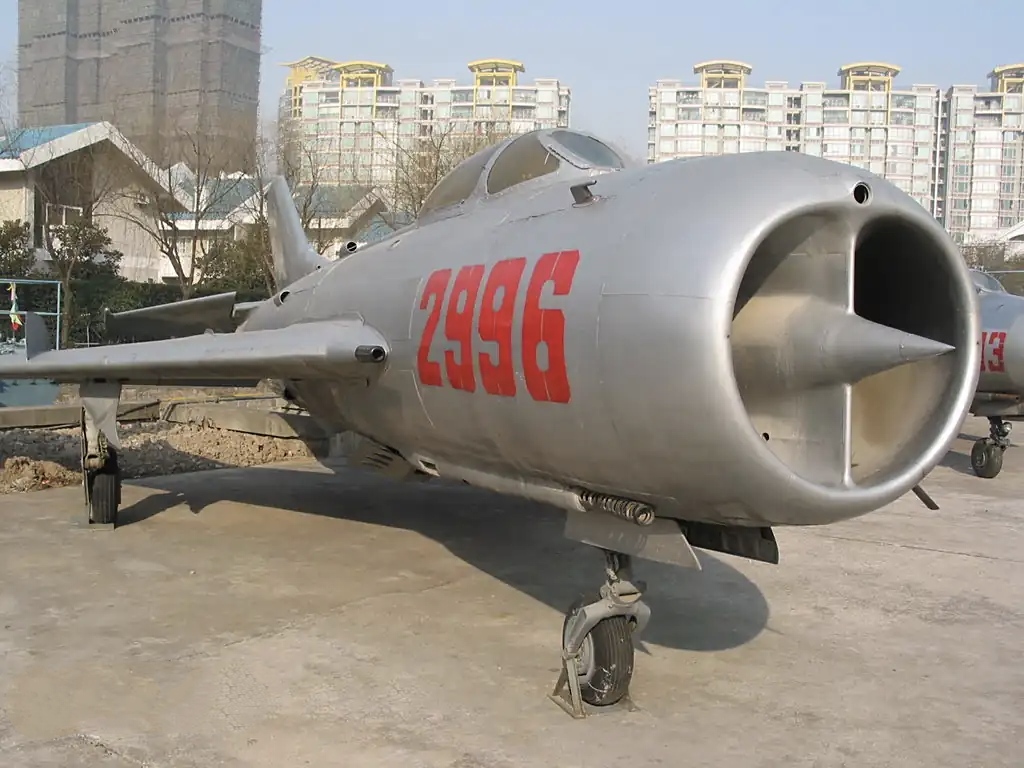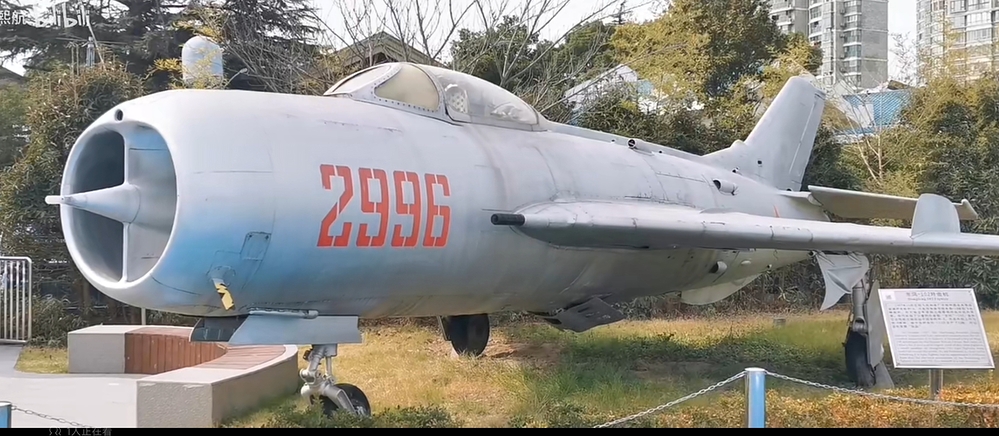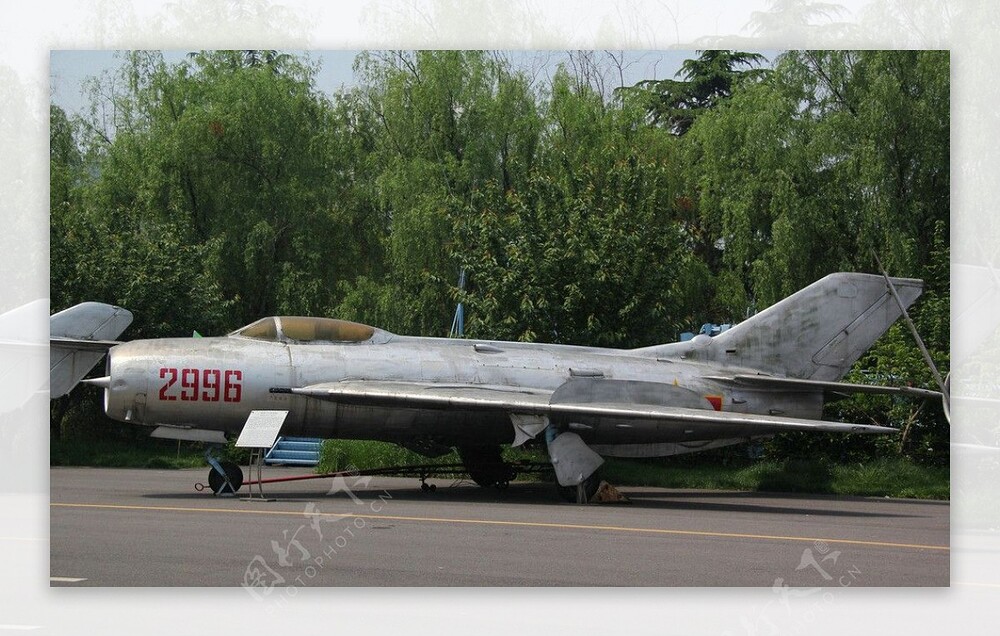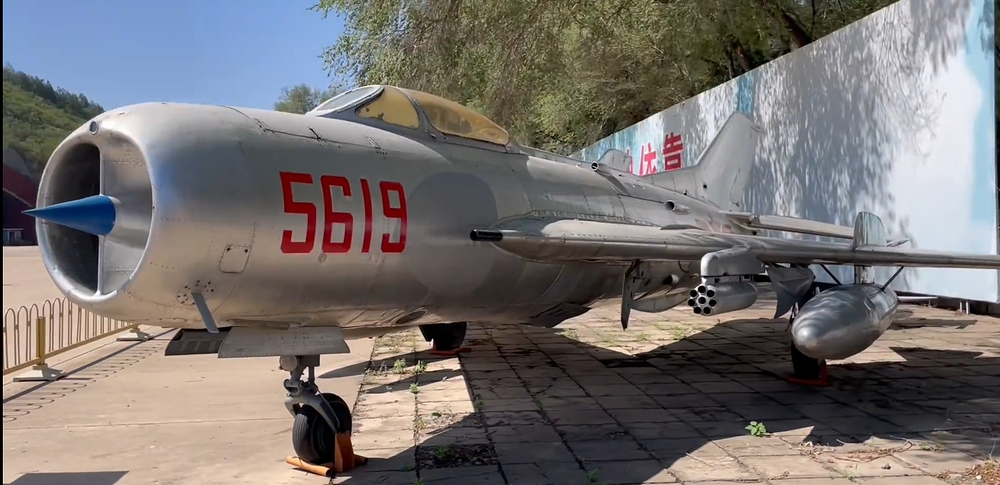- Yes
- No

Background
Spoiler
The J-6I designation was initially thought to be a parallel designation of the J-6A, but it has been confirmed as inaccurate. The actual J-6I was created in an effort to enhance the performance of the standard J-6 model. The fuselage in front of the cockpit was redesigned to be slightly wider, resembling the MiG-19P/PM, and a fixed shock cone was added to the intake splitter plate, similar to the tracking antenna radome on the MiG-19P/PM. This adjustment was purely for aerodynamic purposes and did not house any radar equipment. The aircraft was equipped with a Type 30-1 cannon in the nose (later upgraded to 2 Type 23-1 Cannons mounted on the wings).
It appears that the modified intake did not function as intended, leading to the aircraft serving as a transitional phase in the development of the J-6II. The original J-6I prototype (its serial number now erased) is on display at the PLAAF Museum in Datangshan. Initially stored with a damaged lower intake lip and a short shock cone (likely replaced hastily and not authentic after a collision with a vehicle), it was later restored as ‘2996 Red’ with an extended and more pointed shock cone.
Technical Data
Specifications
Crew - 1
Length - 13.025 m
Height - 3.385 m
Wingspan - 9 m
Empty Weight - 5,661 kg
Gross Weight - 7,853 kg
Max Takeoff Weight - 9,332 kg
Powerplant - 2 x WP-6A Turbojet Engines (25.5 kN dry, 31.9 kN wet) (One source states 29.4 kN dry, 36.8 kN wet)
Max Speed - 1,434 km/h at 10,000 m (One sources states 1,568 km/h)
Service Ceiling - 17,300 m
Rate of Climb - 176 m/s at 5000 m
Range with Auxiliary Fuel Tanks - 1,647 km
Armament
1 x 30-1 30mm Cannon (Nose Mounted) (Early)
1 x 30-1 30mm Cannon (Nose Mounted) + 2 x 23-1 23mm Cannons (Wing Mounted) (Late)
Images
Spoiler


Sources
Spoiler
(Book) Encyclopedia of Chinese Aircraft (Vol. 3) (Pg18-Pg19)
(Book) Chinese Aircraft China’s Aviation Industry Since 1951. - Page 38 - 39
Extra
Spoiler
Guizhou J-6A
Shenyang J-6I (Current Post)
Shenyang J-6III / J-6X III
Guizhou J-6IV
Shenyang JJ-6



